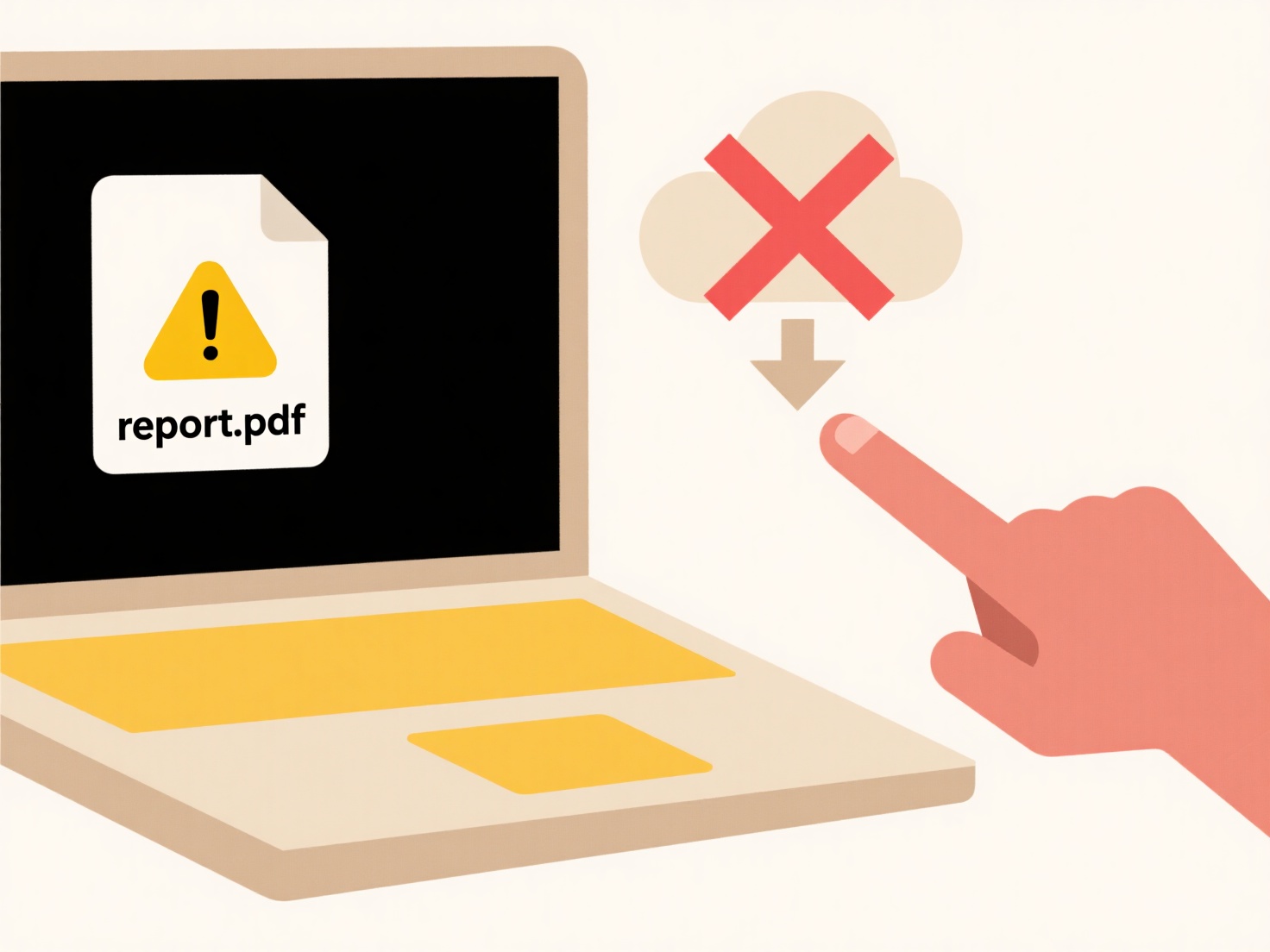
Browsers store downloaded files locally on your device when you click a download link or button. They typically manage this through a designated downloads folder and provide interfaces to show progress, locate, and open downloaded files. Unlike temporary files viewed directly online, downloaded files are permanently saved for offline access.
Most browsers provide clear indicators during and after a download:
- Toolbar Button: Look for an arrow/downward symbol, often near the address bar. Clicking it opens a list of recent downloads.
- Keyboard Shortcut: Press
Ctrl+J(Windows/Linux) orCmd+J(Mac) in browsers like Chrome, Firefox, Edge, or Safari to instantly open the downloads list. - Menu Access: Find "Downloads" or "Library" within the browser's main menu (typically three dots/lines) to view your history.

The main advantage is quick offline access to files you choose to save. However, forgetting the default downloads folder location can make files hard to find later; browsers often default to a standard folder like "Downloads" on your main drive. It's crucial to choose meaningful save names and locations for important files and be aware of security risks by avoiding downloads from untrusted sources to protect your device.
How do I locate downloads from a browser?
Browsers store downloaded files locally on your device when you click a download link or button. They typically manage this through a designated downloads folder and provide interfaces to show progress, locate, and open downloaded files. Unlike temporary files viewed directly online, downloaded files are permanently saved for offline access.
Most browsers provide clear indicators during and after a download:
- Toolbar Button: Look for an arrow/downward symbol, often near the address bar. Clicking it opens a list of recent downloads.
- Keyboard Shortcut: Press
Ctrl+J(Windows/Linux) orCmd+J(Mac) in browsers like Chrome, Firefox, Edge, or Safari to instantly open the downloads list. - Menu Access: Find "Downloads" or "Library" within the browser's main menu (typically three dots/lines) to view your history.

The main advantage is quick offline access to files you choose to save. However, forgetting the default downloads folder location can make files hard to find later; browsers often default to a standard folder like "Downloads" on your main drive. It's crucial to choose meaningful save names and locations for important files and be aware of security risks by avoiding downloads from untrusted sources to protect your device.
Quick Article Links
Why can’t I open or edit this file?
Being unable to open or edit a file usually occurs due to one of three core issues: insufficient user permissions, incom...
Can I normalize file names from different sources?
File normalization standardizes file names from various sources into a consistent format. It involves removing or replac...
What naming rules should I follow for email attachments?
Email attachment naming rules focus on creating clear, predictable filenames that avoid technical issues. Key principles...